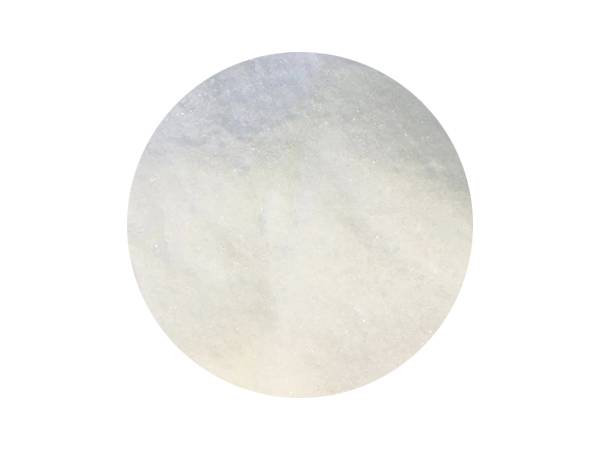



types of chlorination systems for pools
Types of Chlorination Systems for Pools
When it comes to maintaining a clean and safe swimming environment, chlorination plays a pivotal role. Chlorine is a powerful disinfectant that helps eliminate harmful bacteria, viruses, and algae from pool water. There are various types of chlorination systems available, each with its own unique benefits and drawbacks. Understanding these systems can help pool owners make informed decisions about water sanitation.
1. Traditional Chlorine Systems
The most common form of chlorination is the use of liquid chlorine or chlorine tablets. These substances are directly added to the pool water, where they dissolve and release chlorine into the mix. Traditional chlorine systems are relatively inexpensive and easy to use, making them popular among pool owners. However, they require regular monitoring and adjustment of chlorine levels, which can be inconvenient. Additionally, the strong smell of chlorine can be off-putting to some swimmers.
2. Saltwater Chlorination Systems
Saltwater chlorination has gained popularity in recent years as a more gentle alternative to traditional chlorine systems. In a saltwater pool, a salt cell generates chlorine through a process called electrolysis. This means that instead of adding chlorine manually, the system converts salt into chlorine, resulting in a steady supply of sanitizer. The water feels softer and often less harsh on the skin and eyes compared to traditional chlorinated pools. However, saltwater systems can be more expensive to install and maintain, and the salt can be corrosive to some pool equipment if not managed properly.
types of chlorination systems for pools

3. Stabilized Chlorine Systems
Stabilized chlorine, often available in tablet form, is treated with cyanuric acid, which helps protect the chlorine from being degraded by sunlight. This is particularly advantageous for outdoor pools, where the sun can diminish chlorine levels rapidly. Stabilized chlorine systems require less frequent application, which can save time and reduce costs. Nevertheless, it's essential to maintain the right balance, as excessive stabilization can lead to ineffective sanitation.
4. Automated Chlorination Systems
Automated chlorination systems provide a hands-free approach to pool maintenance. These systems monitor the pH and chlorine levels in the water and automatically adjust the chlorine output as needed. This option is especially convenient for busy pool owners who may not have the time or expertise to regularly check and maintain chemical balances. While the initial investment can be high, the long-term benefits of consistent water quality and reduced manual labor can outweigh the costs.
Conclusion
Choosing the right chlorination system for your pool involves evaluating your specific needs, budget, and preferences. Traditional chlorine systems are straightforward and economical, while saltwater systems offer a more comfortable swimming experience. Stabilized and automated systems provide various advantages in maintenance and water quality. Ultimately, regular testing and balance adjustments, regardless of the system chosen, are crucial to ensuring a safe and enjoyable swimming environment. By understanding the different types of chlorination systems, pool owners can make informed choices that best fit their lifestyle and maintain a healthy pool.
-
Why Sodium Persulfate Is Everywhere NowNewsJul.07,2025
-
Why Polyacrylamide Is in High DemandNewsJul.07,2025
-
Understanding Paint Chemicals and Their ApplicationsNewsJul.07,2025
-
Smart Use Of Mining ChemicalsNewsJul.07,2025
-
Practical Uses of Potassium MonopersulfateNewsJul.07,2025
-
Agrochemicals In Real FarmingNewsJul.07,2025
-
Sodium Chlorite Hot UsesNewsJul.01,2025










